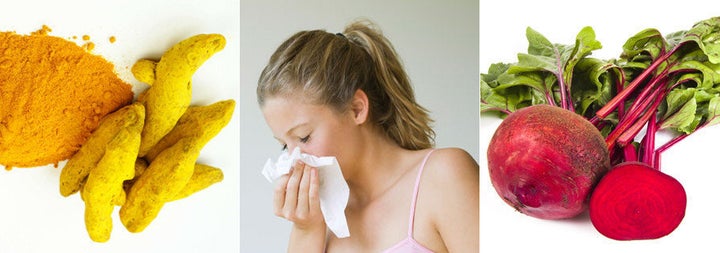
As you return to your summer home, there are many things on the maintenance list and given the damp weather this year, many homeowners are reporting mold related issues. Plus, with the high pollen count and allergens, we are also hearing more about bouts of wheezing and sneezing.
Sick Homes
Sick Home Syndrome is becoming more common as newer homes have a tight building envelope, which can keep moisture in and cause mold growth. The converse often occurs in older homes which have wider wall cavities and limited insulation, which can encourage mold growth. Mold spores exist naturally in nature and homes. However, mold grows only if moisture and food (wood, paper, ceiling tiles, wallboard, wood, or certain insulation) is available. Only non-porous materials such as plastic, metal and glass are less likely to support mold.
Mold is one of the leading causes of wheezing and sneezing especially with those who have asthma, allergies or compromised immune systems. When mold grows indoors, the mold spores can cause an unpleasant odor. In some cases, fatal reactions have been documented in the case of long-term exposure to 'black mold'.
To have an eco-healthy home, we want to provide a few tips for you so that you can ensure a wonderful summer season in your home.
Preventing Mold Growth
- Site Survey: Make sure draining gutters and downspouts point away from the foundation, and ensure that automatic lawn sprinklers do not point toward building walls.
- Check Exterior Siding & Bricks: if there are any cracks wider than 1/16 inch, seal them with clear silicone to prevent water from entering your home during the winter. Protect your home exterior by fixing cracks during warm months.
- Laundry Rooms: Any moisture generating appliances, such as washers and dryers should be vented to the outside.
- Bathrooms: Install a fan in the bathroom to allow venting
- Ensure that you use a nylon shower curtain (instead of vinyl)
- HVAC: Change your filter at the start of summer season and on a regular schedule. Inspect interior duct linings for signs of moisture or mold growth. Keep drip pans clean and unobstructed.
- Kitchen: Review your under appliance drip pan to remove excess water. And clean with a bleach solution to discourage mold growth.
- Basement: Fix any issues with standing water and use a dehumidifier if necessary. Use non-porous carpeting such as FLOR carpet tiles. And ensure that you use paperless drywall during a finished basement renovation.
- Dehumidifiers: make sure that your dehumidifier pumps to the outside or change the storage tank daily.
Assessment/Abatement
If the following conditions exist, your "nose" will know but in some instances, you may need to hire a specialist to review your site:
- Visible mold, moldy or musty smells
- Signs of past or present moisture damage such as staining or discoloration
- Episodes of leaking
- Persistent allergy like symptoms that appear worse indoors
The simple solution of two-thirds water and one-third bleach mixture sprayed on the walls can work if the mold is caught early, but sometimes an entire gut removal of drywall is required to ensure complete eradication.
Stay healthy this summer!